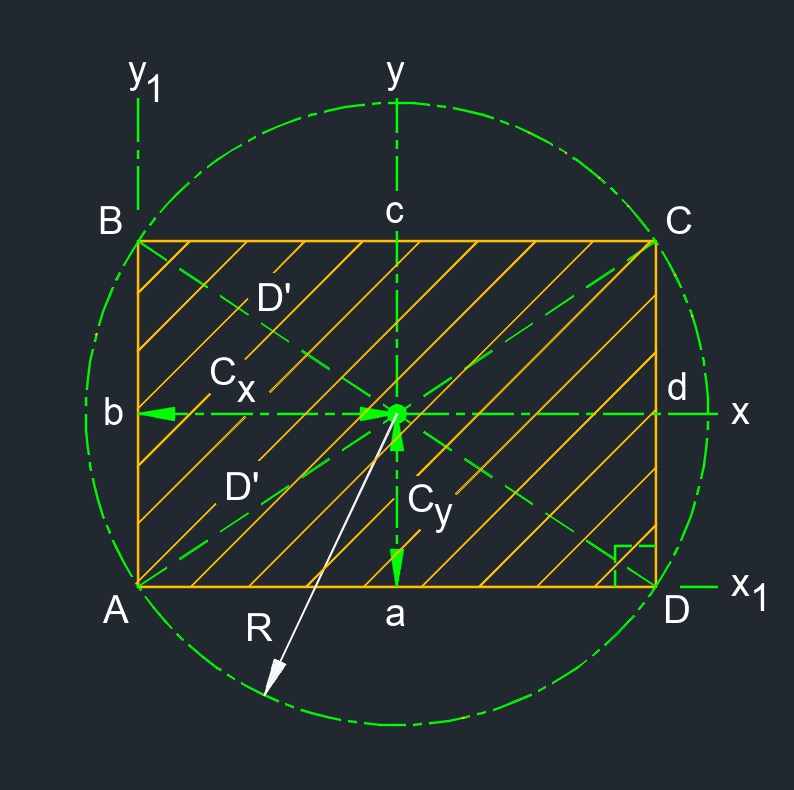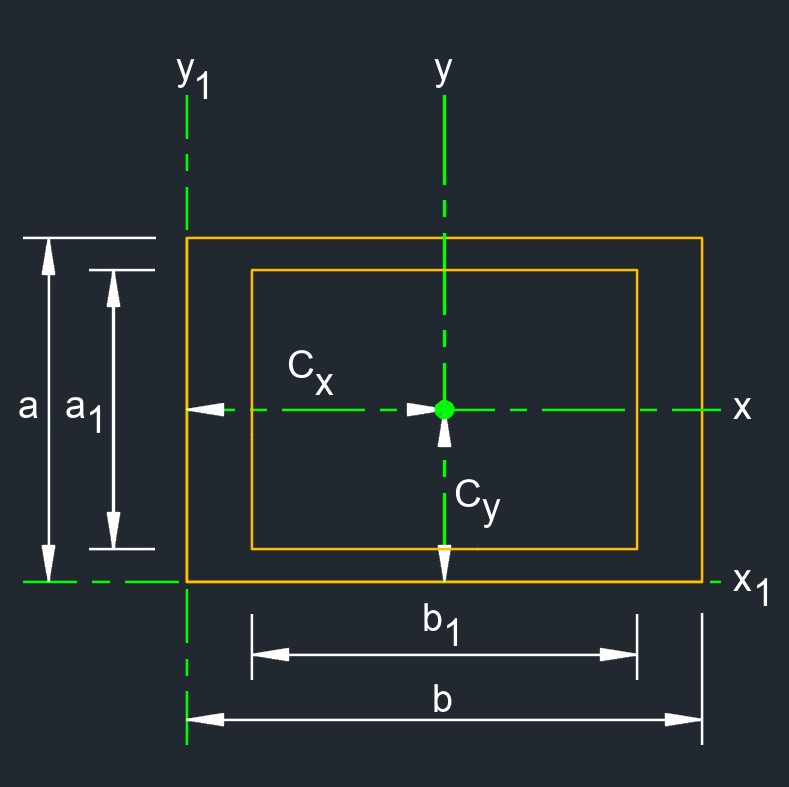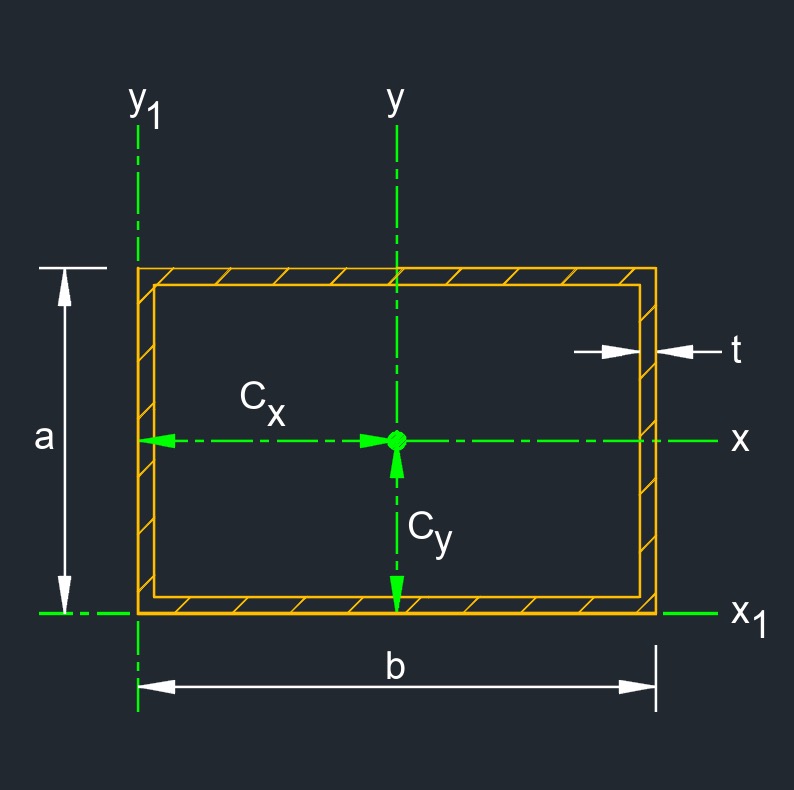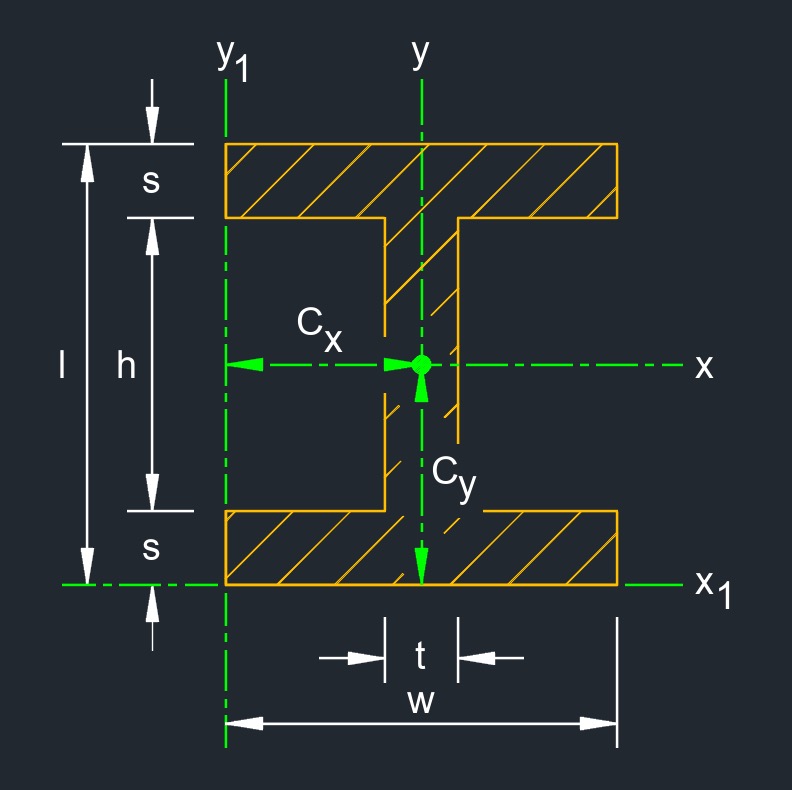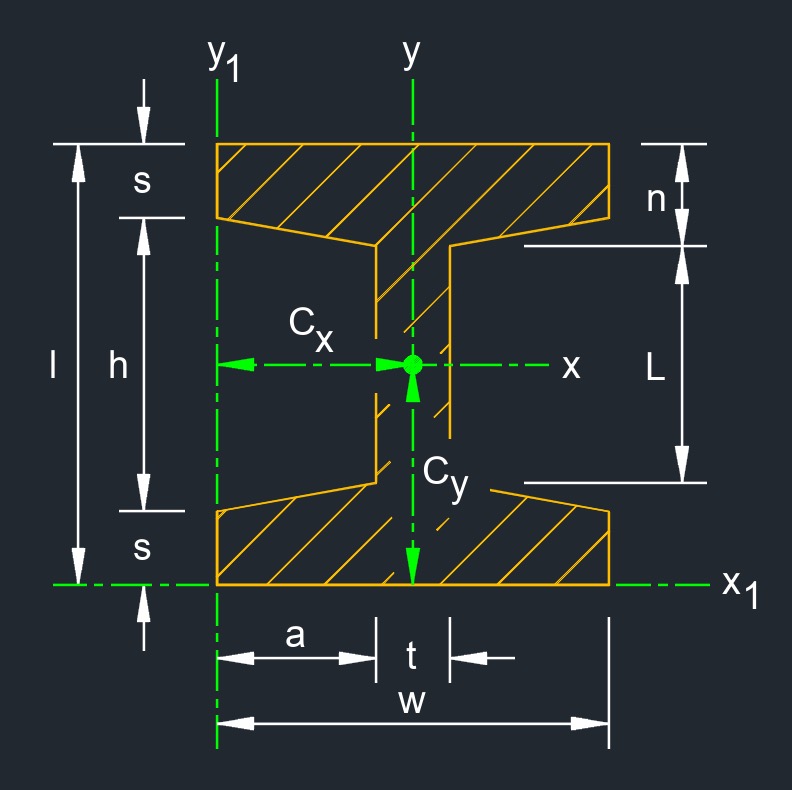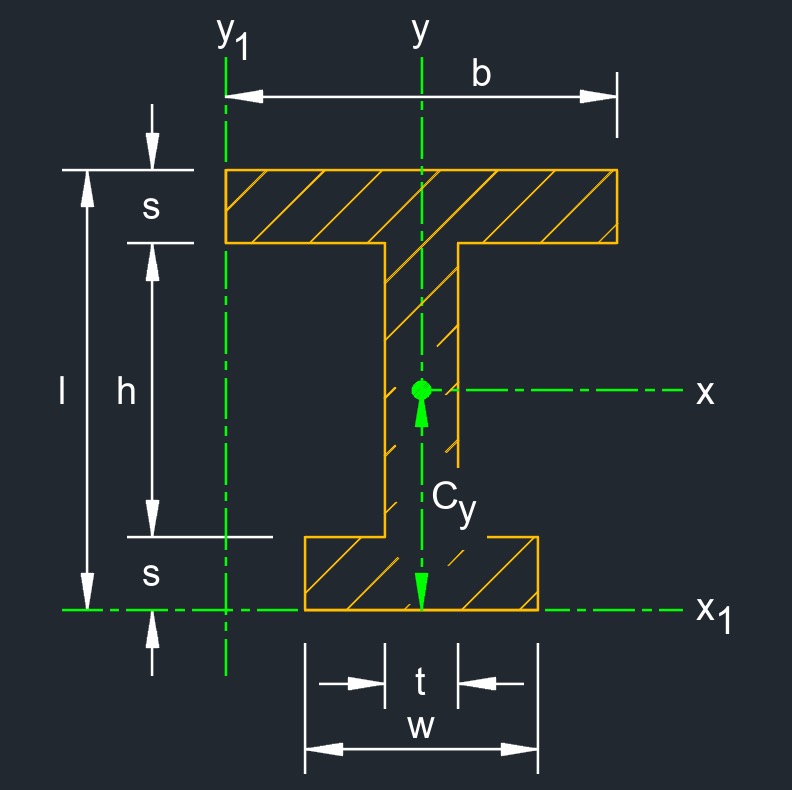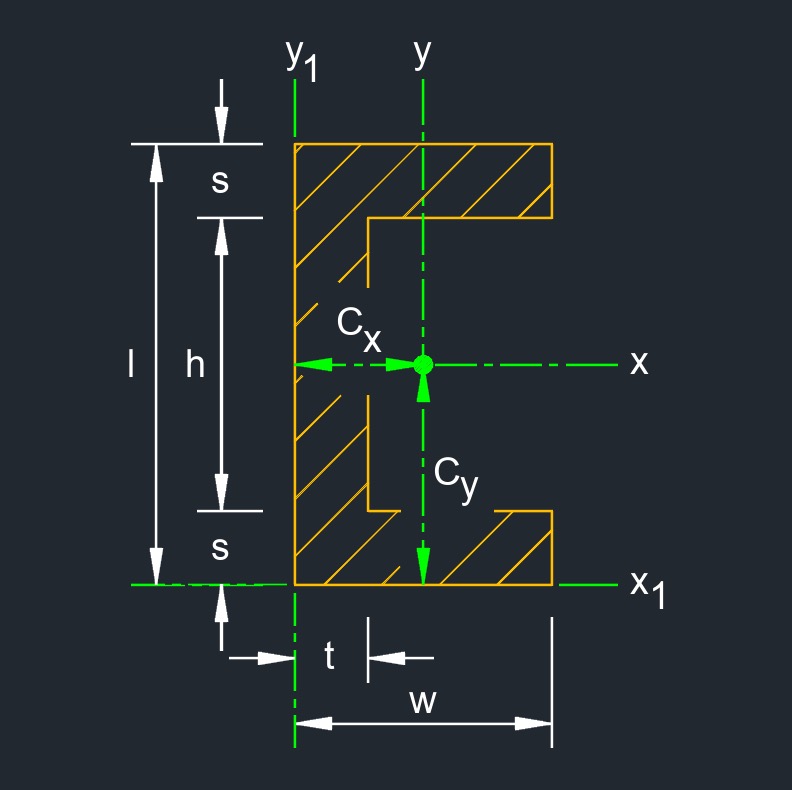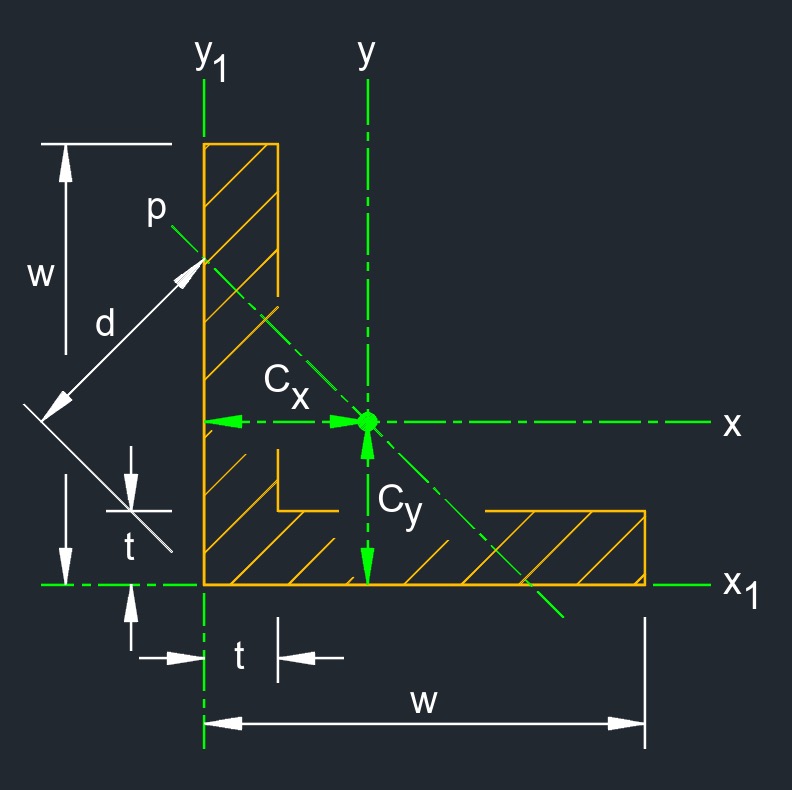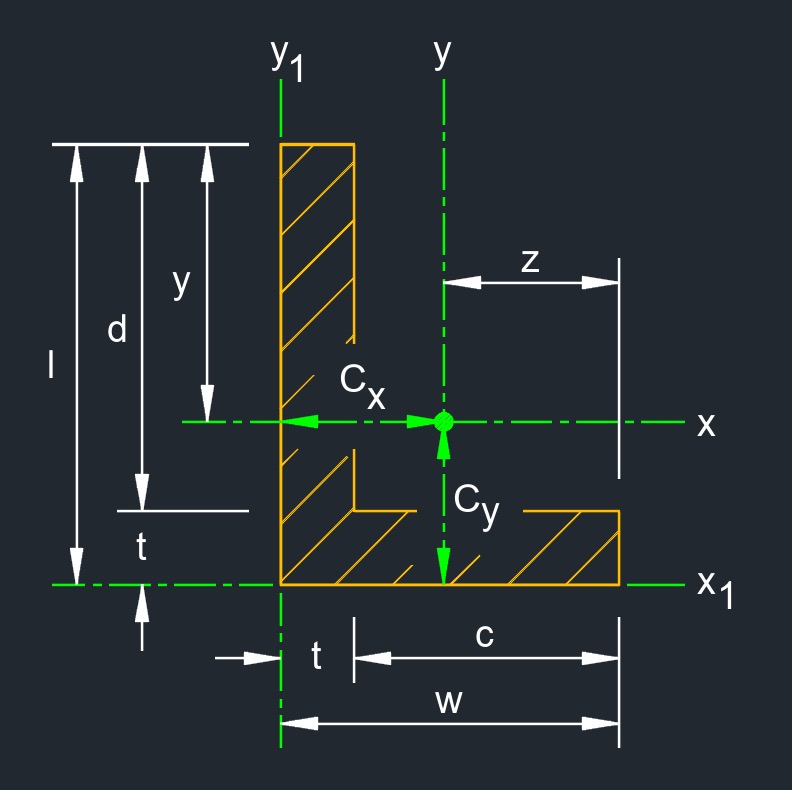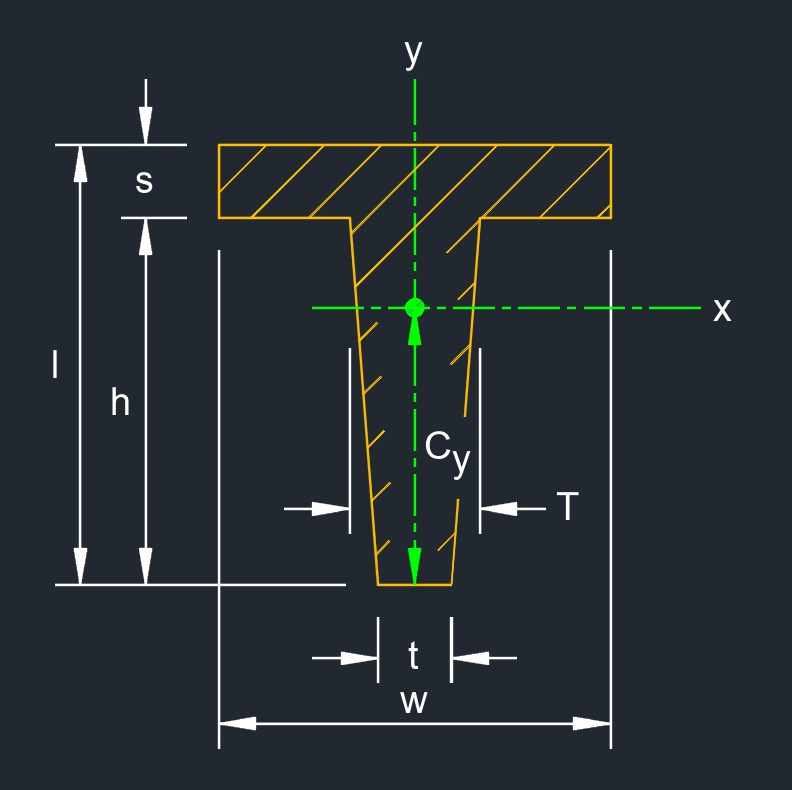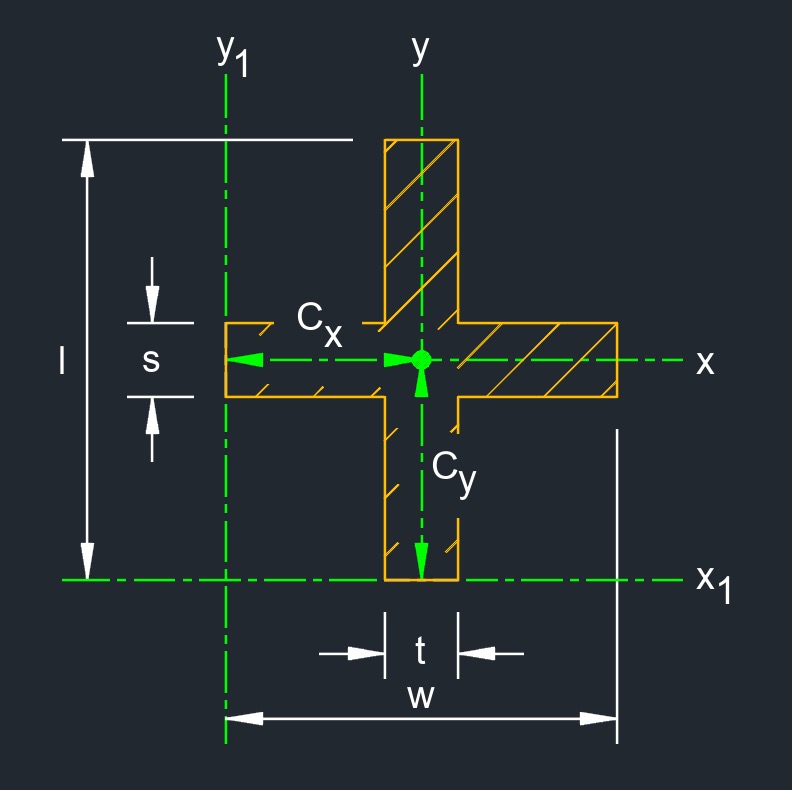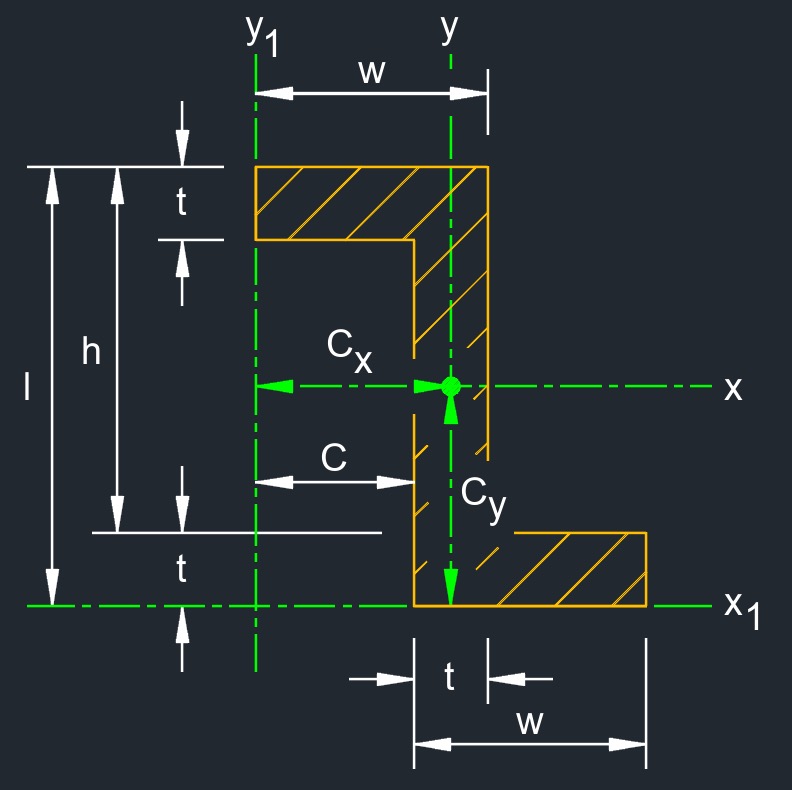Geometric Properties of Structural Shapes
Geometric properties of structural shapes refer to various characteristics and measurements that define the shape and dimensions of different structural members used in construction and engineering. These properties play a role in the design, analysis, and calculation of the structural behavior of these elements.
|
See Articles
|
See Articles
|
These are structural steel shape cross-sections that conform to ASTM A6 / A6m - Standard specification for general requirements for rolled structural steel bars, plates, shapes, and sheetpiling.
Geometric Properties of Structural Shapes
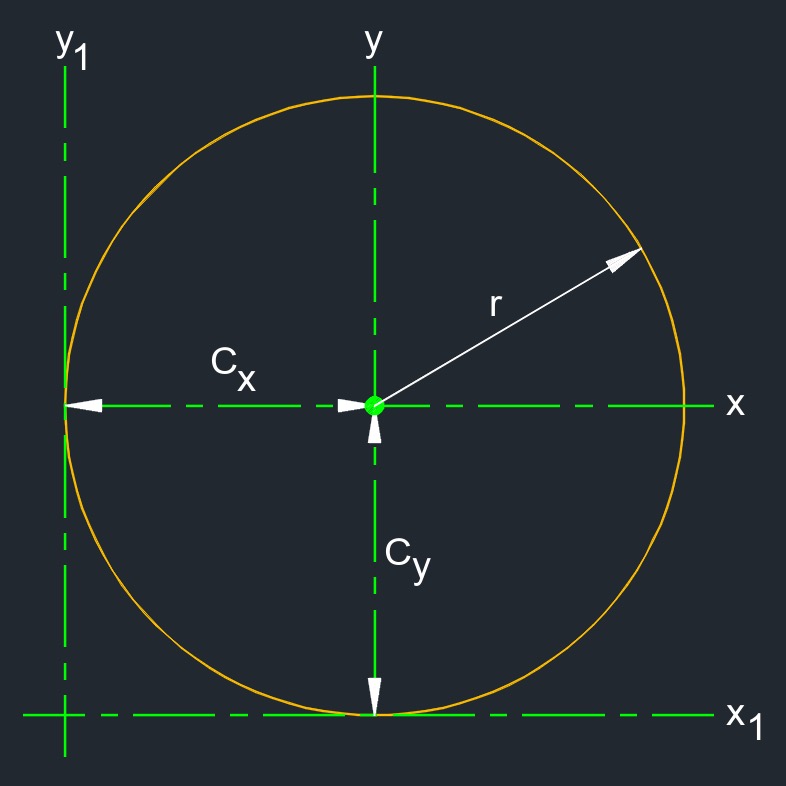 Circle
Circle 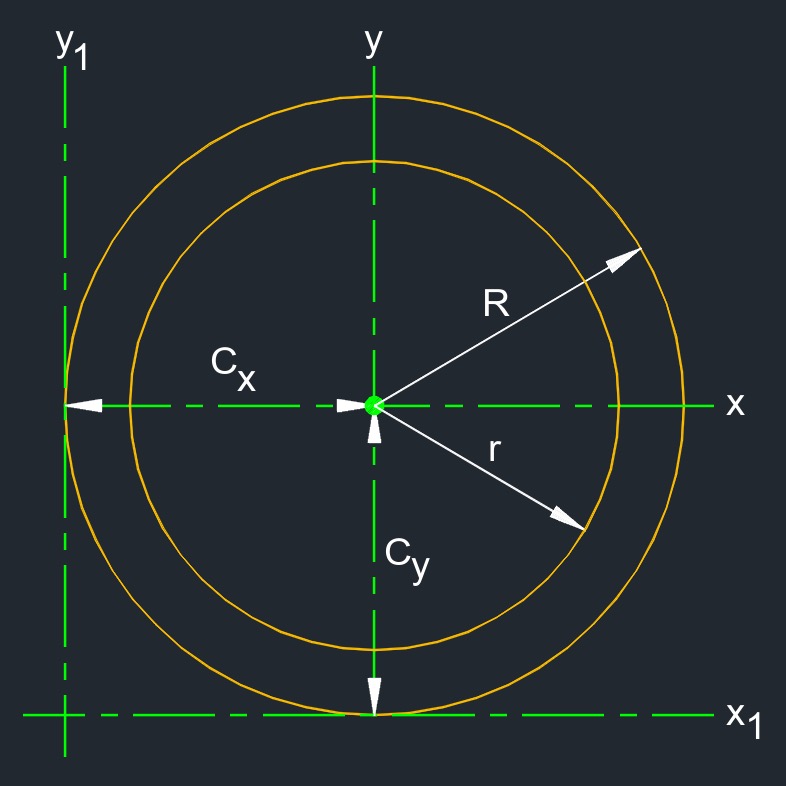 Hollow Circle
Hollow Circle 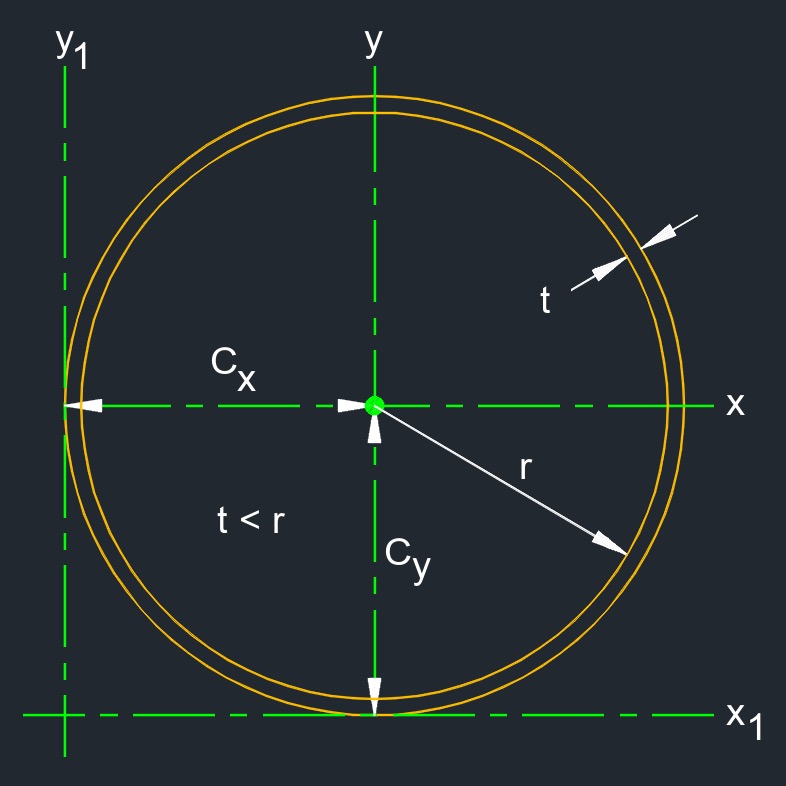 Thin Wall Circle
Thin Wall Circle 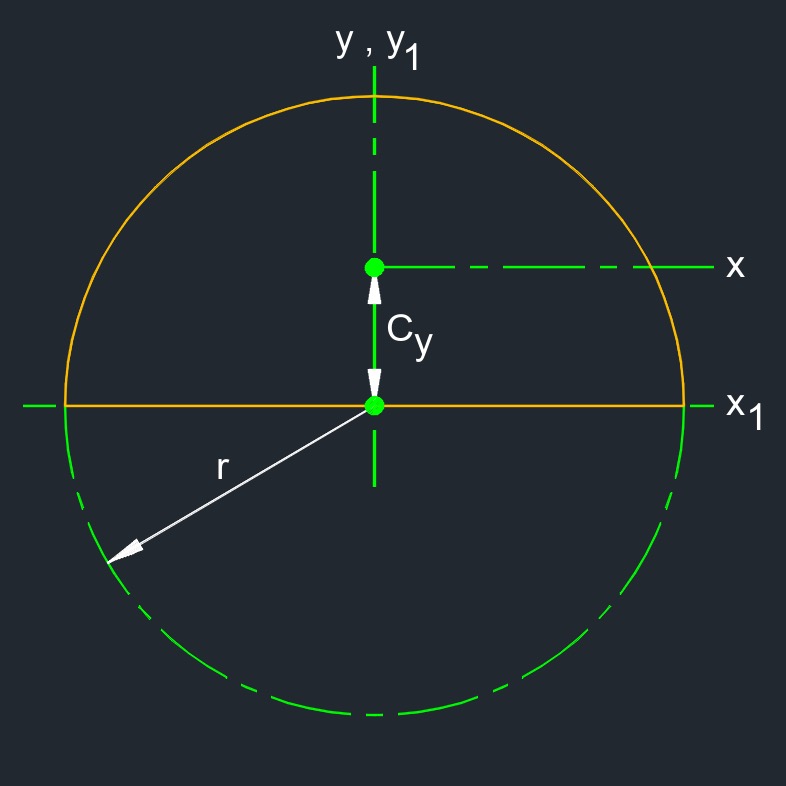 Half Circle
Half Circle
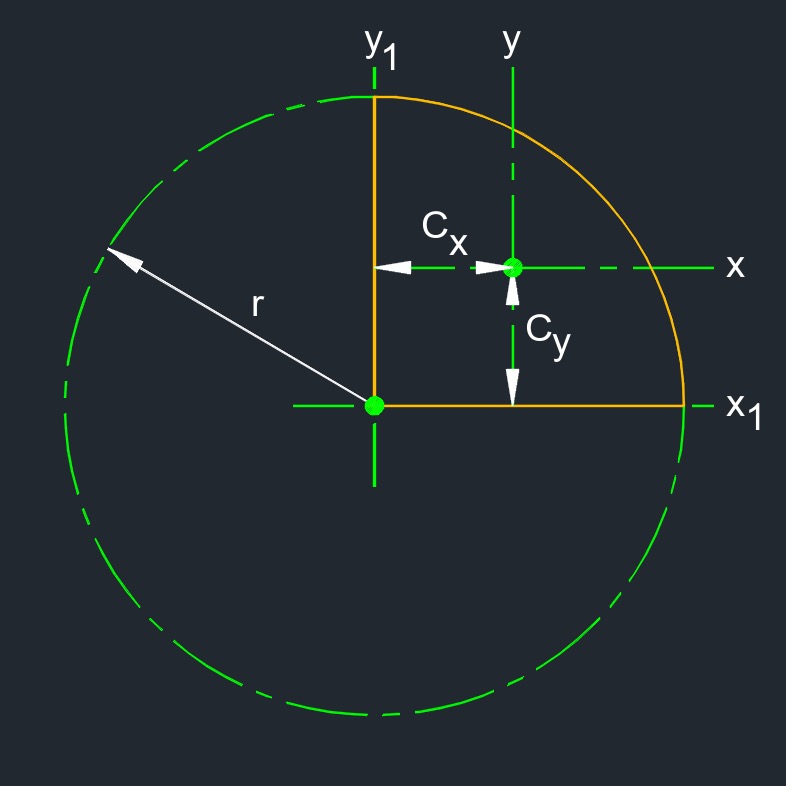 Quarter Circle
Quarter Circle  Circle Sector
Circle Sector 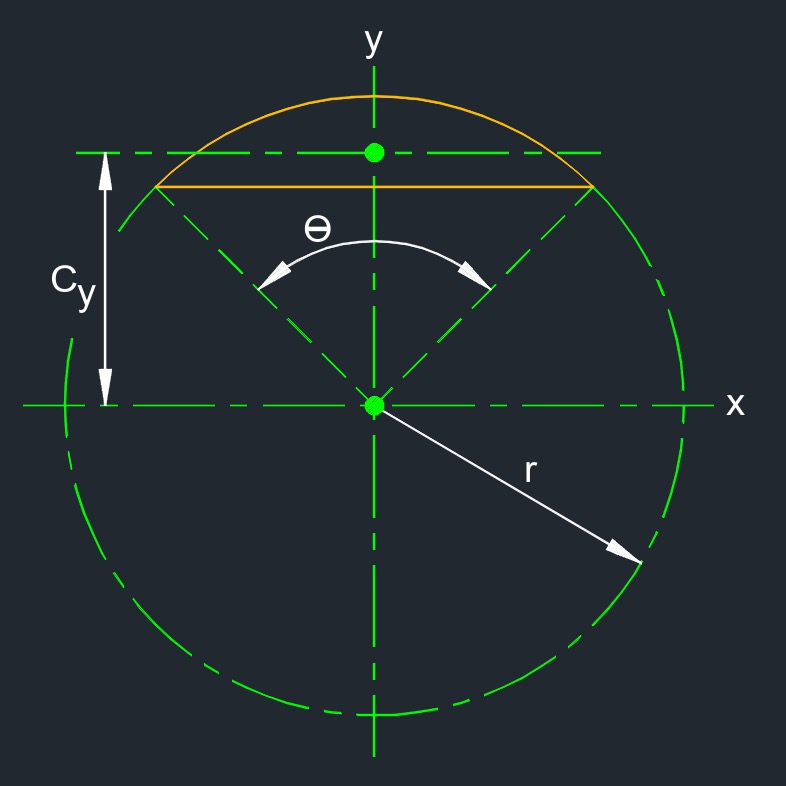 Circle Segment
Circle Segment 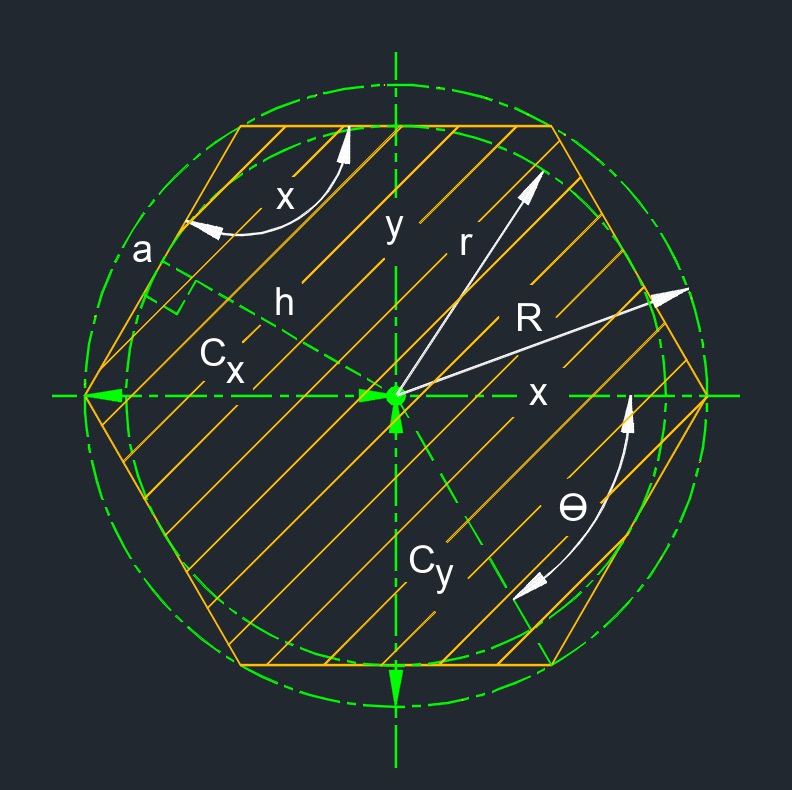 Polygon
Polygon
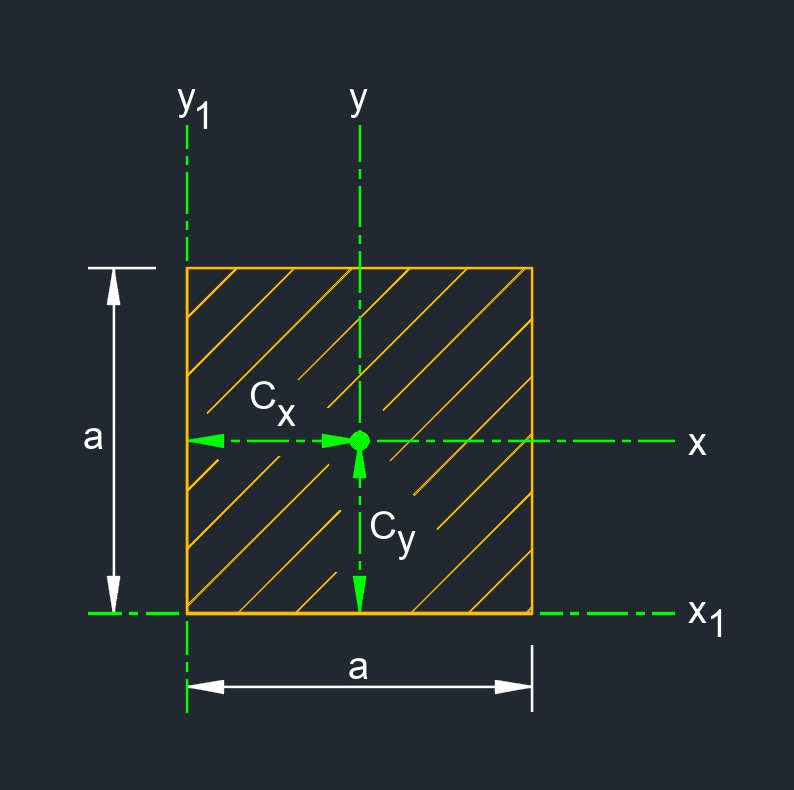 Square
Square 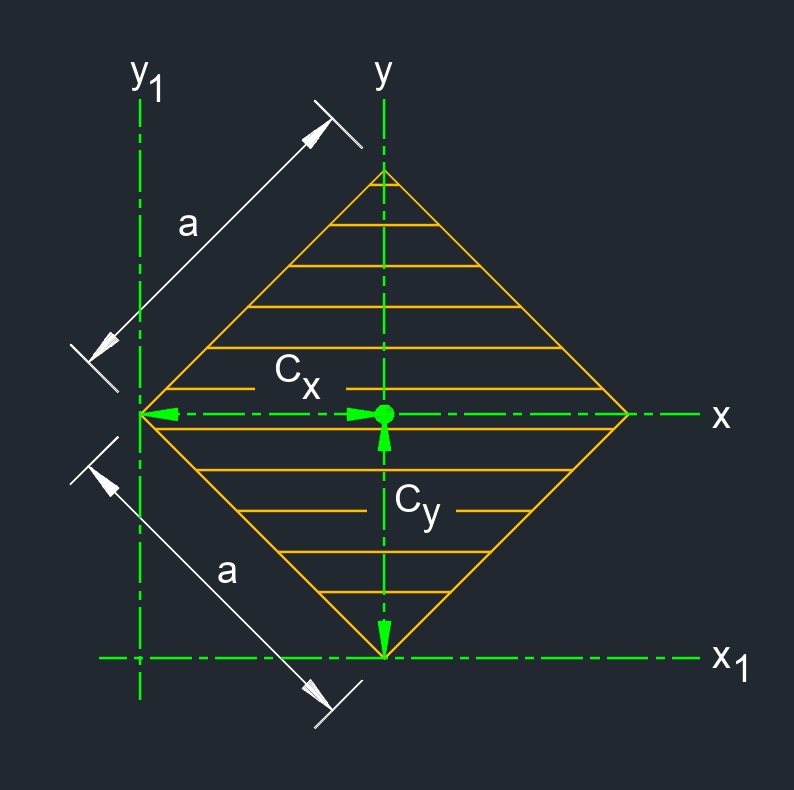 Square Diamond
Square Diamond 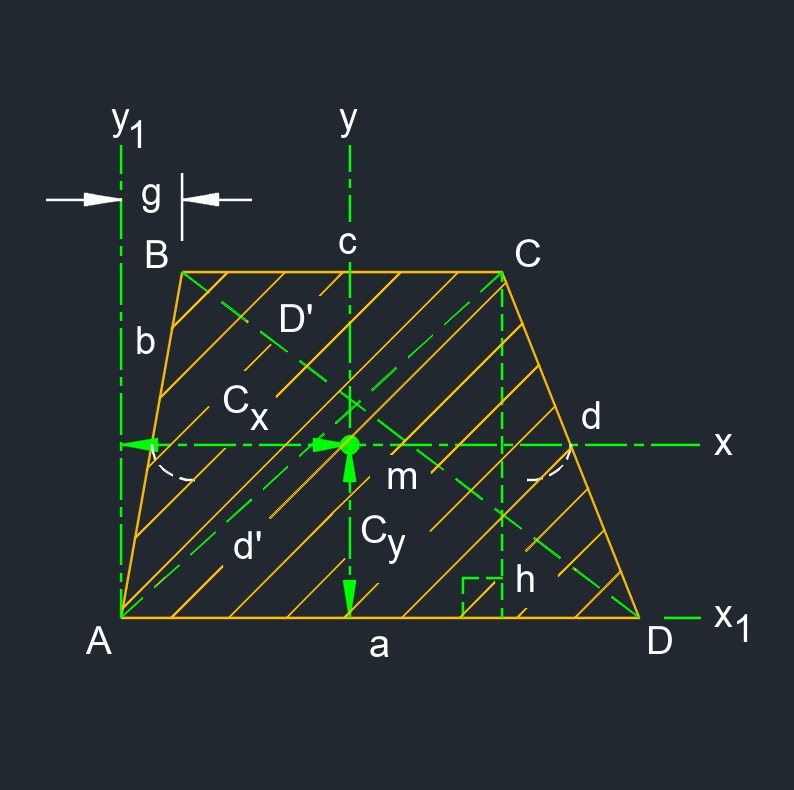 Trapezoid
Trapezoid 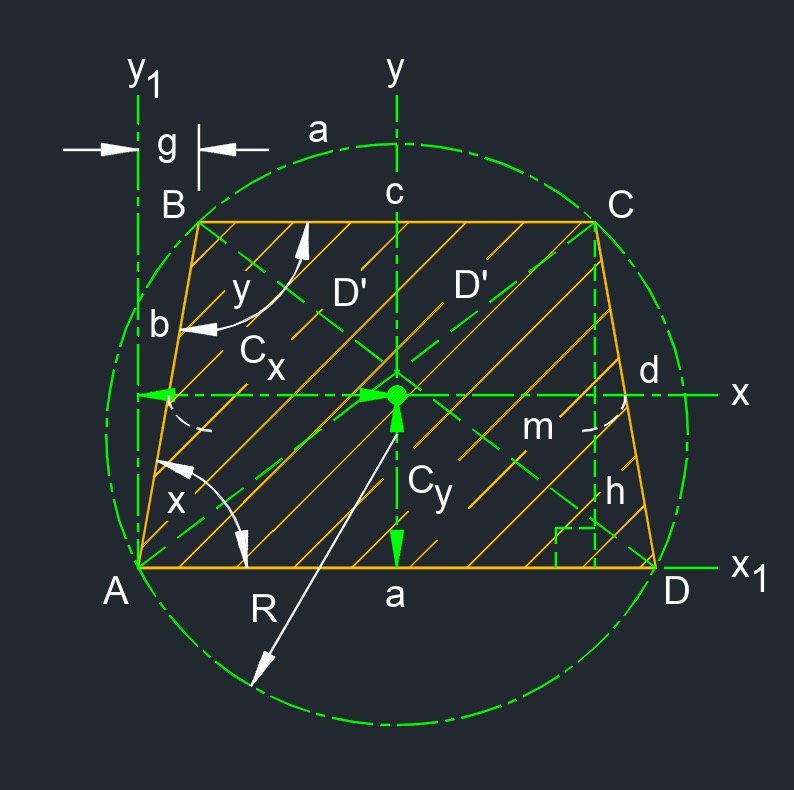 Isosceles Trapezoid
Isosceles Trapezoid

